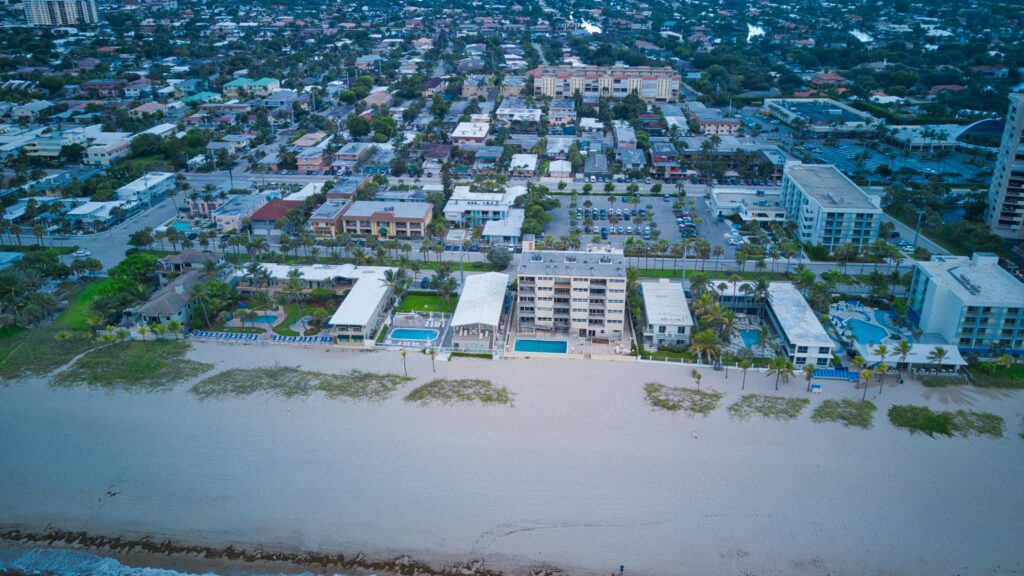As the impacts of climate change become increasingly evident, building resilient communities is crucial to ensure the well-being and survival of populations worldwide. Climate change adaptation involves implementing strategies and measures to minimise vulnerability, enhance preparedness, and promote resilience in the face of changing climatic conditions. This article explores the importance of climate change adaptation and highlights key approaches to building resilient communities that can withstand the challenges posed by a changing climate.
Understanding Climate Change Risks
The first step in building resilient communities is understanding the specific climate change risks and vulnerabilities that a region or community faces. This includes assessing the potential impacts of extreme weather events, sea-level rise, heatwaves, droughts, and other climate-related phenomena. By conducting comprehensive risk assessments, communities can identify areas of concern and prioritise adaptation efforts accordingly.
 Enhancing Infrastructure Resilience
Enhancing Infrastructure Resilience
Infrastructure plays a critical role in community resilience. Climate change adaptation involves ensuring that infrastructure, including buildings, transportation networks, and utilities, is designed and built to withstand and recover from climate-related disruptions. This may involve integrating climate projections into infrastructure planning, employing nature-based solutions, such as green roofs or permeable pavements, and considering future climate scenarios to enhance infrastructure resilience.
Strengthening Disaster Preparedness and Response
Climate change often leads to an increase in the frequency and intensity of natural disasters. Building resilient communities requires strengthening disaster preparedness and response mechanisms. This includes developing and implementing robust early warning systems, establishing evacuation plans, enhancing emergency response capacities, and fostering community engagement to ensure effective disaster management.
 Promoting Nature-Based Solutions
Promoting Nature-Based Solutions
Nature-based solutions (NBS) can play a crucial role in climate change adaptation. NBS involve utilising and enhancing natural ecosystems to provide climate resilience benefits. Examples include creating green spaces and urban forests to mitigate heat island effects, restoring wetlands and coastal habitats to protect against storm surge and flooding, and implementing sustainable agriculture practices to enhance food security. Integrating NBS into community planning and development can provide multiple benefits while building resilience to climate change.
Water Management and Flood Protection
Water management is a key aspect of climate change adaptation. Communities need to develop robust strategies for managing water resources, including stormwater runoff, flood control, and water supply. Implementing green infrastructure solutions, such as rain gardens and bioswales, can help absorb and manage excess water during heavy rainfall events. Additionally, improving coastal defences, constructing flood barriers, and implementing effective drainage systems can protect communities from rising sea levels and increased flood risks.
Enhancing Community Engagement and Education
Building resilient communities requires the active participation and engagement of community members. It is crucial to involve residents, businesses, and community organisations in the planning, decision-making, and implementation of climate change adaptation measures. This includes raising awareness about climate change impacts, providing educational resources, and empowering individuals to take actions that contribute to community resilience. By fostering a sense of ownership and shared responsibility, communities can effectively adapt to the challenges posed by climate change.
 Collaboration and Partnerships
Collaboration and Partnerships
Building resilient communities necessitates collaboration among various stakeholders, including local governments, non-profit organisations, businesses, and academia. Collaborative partnerships can leverage diverse expertise, resources, and funding to develop and implement comprehensive climate change adaptation strategies. Sharing best practices, knowledge, and experiences can accelerate progress and ensure that adaptation efforts are effective and sustainable.
Climate change adaptation is a pressing global imperative. Building resilient communities is essential to mitigate the risks and impacts of climate change and safeguard the well-being of populations. By understanding climate change risks, enhancing infrastructure resilience, strengthening disaster preparedness, promoting nature-based solutions, managing water resources, engaging communities, and fostering collaboration, communities can adapt to the challenges posed by climate change. Building resilience is not a one-size-fits-all approach, and adaptation strategies should be tailored to the unique characteristics and needs of each community. Through proactive and integrated efforts, we can build resilient communities that thrive in the face of a changing climate and create a sustainable future for generations to come.






